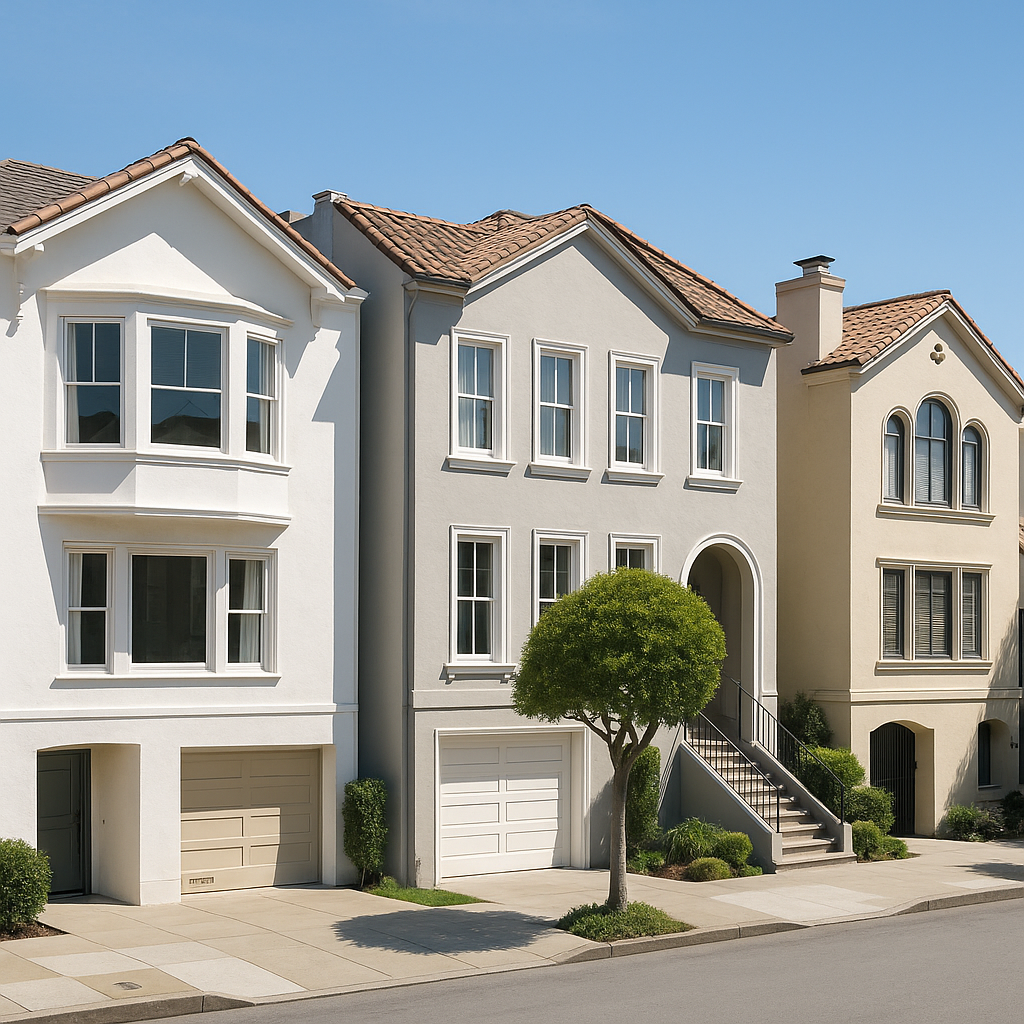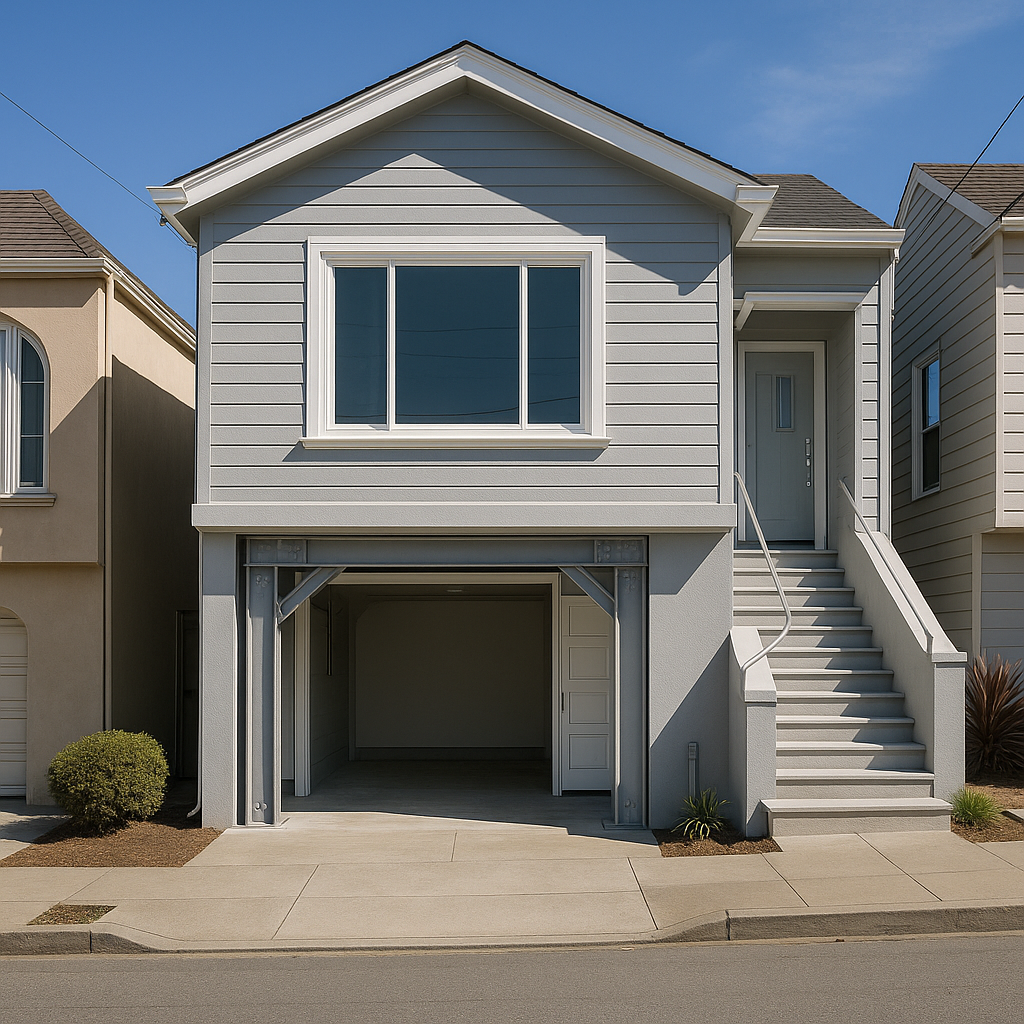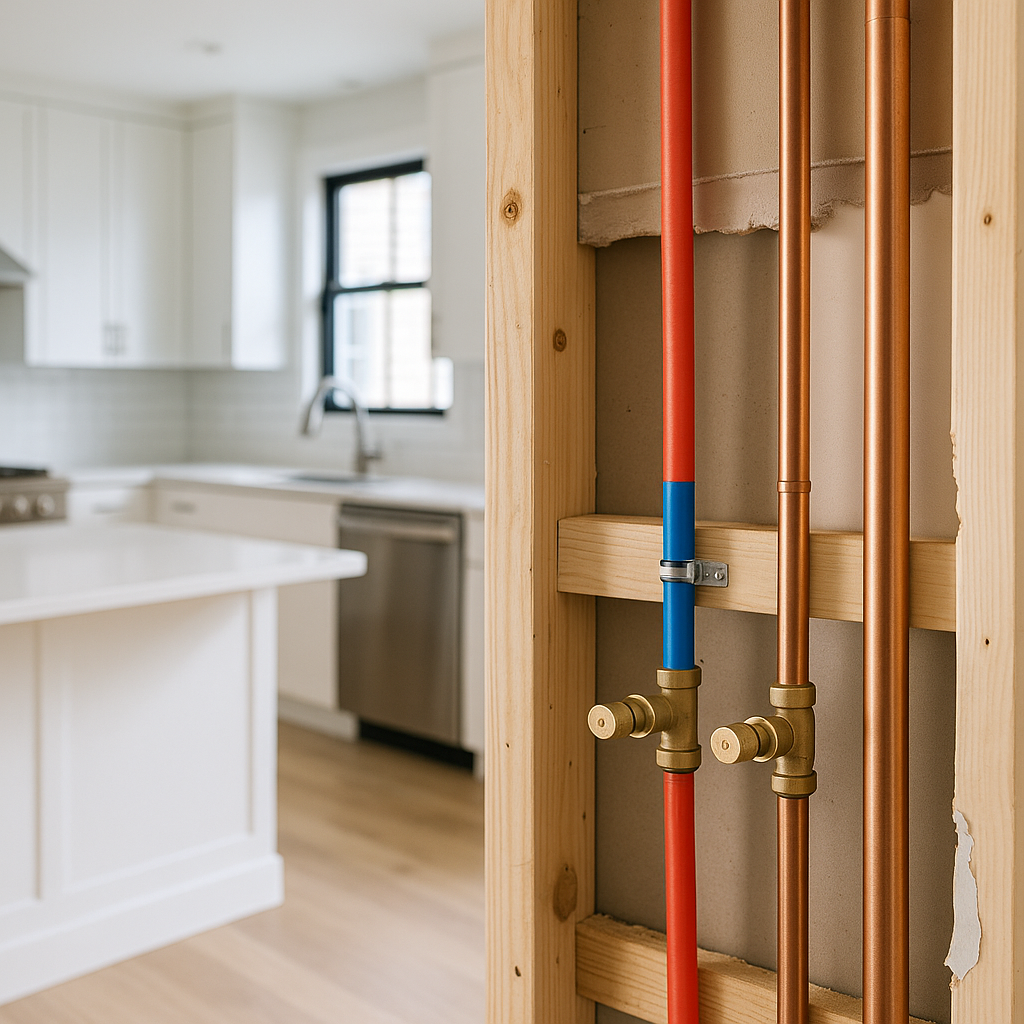Essential Guide to Earthquake Retrofitting and Seismic Work for San Francisco Homeowners
11 December, 2025
Essential Guide to Marina District Earthquake Retrofits for 1920s–1930s Homes
The Marina District in San Francisco is renowned for its stunning views and unique architecture, particularly the soft-story buildings constructed in the 1920s and 1930s. However, the seismic safety of these homes remains a critical concern for residents. Implementing earthquake retrofits is not just a smart investment but a necessary step towards protecting your home and your family.
Understanding Soft-Story Buildings
Soft-story buildings typically have a garage or open space on the ground floor, making them vulnerable during seismic events. In the Marina District, many homes built in the 1920s and 1930s feature stucco-over-frame construction, which can further exacerbate risks. Recognizing the need for retrofitting is the first step in safeguarding your property.
Local Codes and Permit Requirements
San Francisco has specific regulations in place to ensure the safety of its residents. Under the city’s ordinance, certain soft-story buildings must undergo seismic retrofitting. The San Francisco Department of Building Inspection (DBI) requires homeowners to apply for a permit for any structural modifications. Key steps include:
- **Assessment** - Have a licensed structural engineer evaluate your building.
- **Design** - Work with professionals to create a retrofit plan that complies with local codes.
- **Permit Application** - Submit the necessary documentation to the DBI.
- **Implementation** - Hire a certified contractor to carry out the retrofit.
Choosing the Right Retrofit Solution
There are various methods to retrofit a soft-story building, each with its advantages. Some common solutions include:
- **Steel Bracing** - Adding steel braces to reinforce the structure.
- **Shear Walls** - Installing shear walls to add stiffness.
- **Foundation Bolting** - Securing the building to its foundation to prevent movement.
Consulting with a structural engineer familiar with the local geography and building codes can help determine the best solution for your home.
Working with Local Professionals
San Francisco boasts a range of experienced contractors specializing in earthquake retrofitting. Look for companies that have a strong reputation in the community and are familiar with the unique challenges of the Marina District. Some notable local firms include:
- **Marina Construction** - Known for their extensive experience with historic homes.
- **Seismic Safety Solutions** - Specializes in retrofitting soft-story buildings.
- **Bay Area Retrofit** - Offers comprehensive assessments and retrofitting services.
Understanding the Costs
The cost of retrofitting can vary widely depending on the size and complexity of your home, as well as the methods employed. On average, homeowners in the Marina District can expect to spend between $10,000 and $50,000. While this may seem significant, consider the potential cost of earthquake damage, which could far exceed the price of a retrofit.
The Benefits of Retrofitting
Investing in earthquake retrofitting provides numerous benefits, including:
- **Increased Safety** - Protects your family and property during seismic events.
- **Insurance Savings** - Many insurance companies offer discounts for retrofitted homes.
- **Property Value Enhancement** - A retrofitted home is more appealing to buyers.
Staying Informed on Local Seismic Activity
Being aware of local seismic activity and updates from the US Geological Survey (USGS) can help you stay proactive about your home's safety. Regularly check for any changes in city regulations or earthquake preparedness initiatives in the Bay Area.
By prioritizing earthquake retrofitting, homeowners in the Marina District can significantly enhance the safety and value of their properties while contributing to the overall resilience of the community. Take the first step today by assessing your home and consulting with local experts.
FAQs
Q: What are the first steps to plan marina district earthquake retrofits in San Francisco?
A: Define scope/budget, check permitting, and set realistic trade/inspection sequencing.
Q: How long should I expect the work to take?
A: It depends on scope and inspections. Once selections and access are confirmed, we share a clear schedule.
Q: What can I do to control costs?
A: Avoid mid-stream changes, approve long-lead items early, and keep inspection milestones unblocked.

Location
The Richmond District, San Francisco, CA







